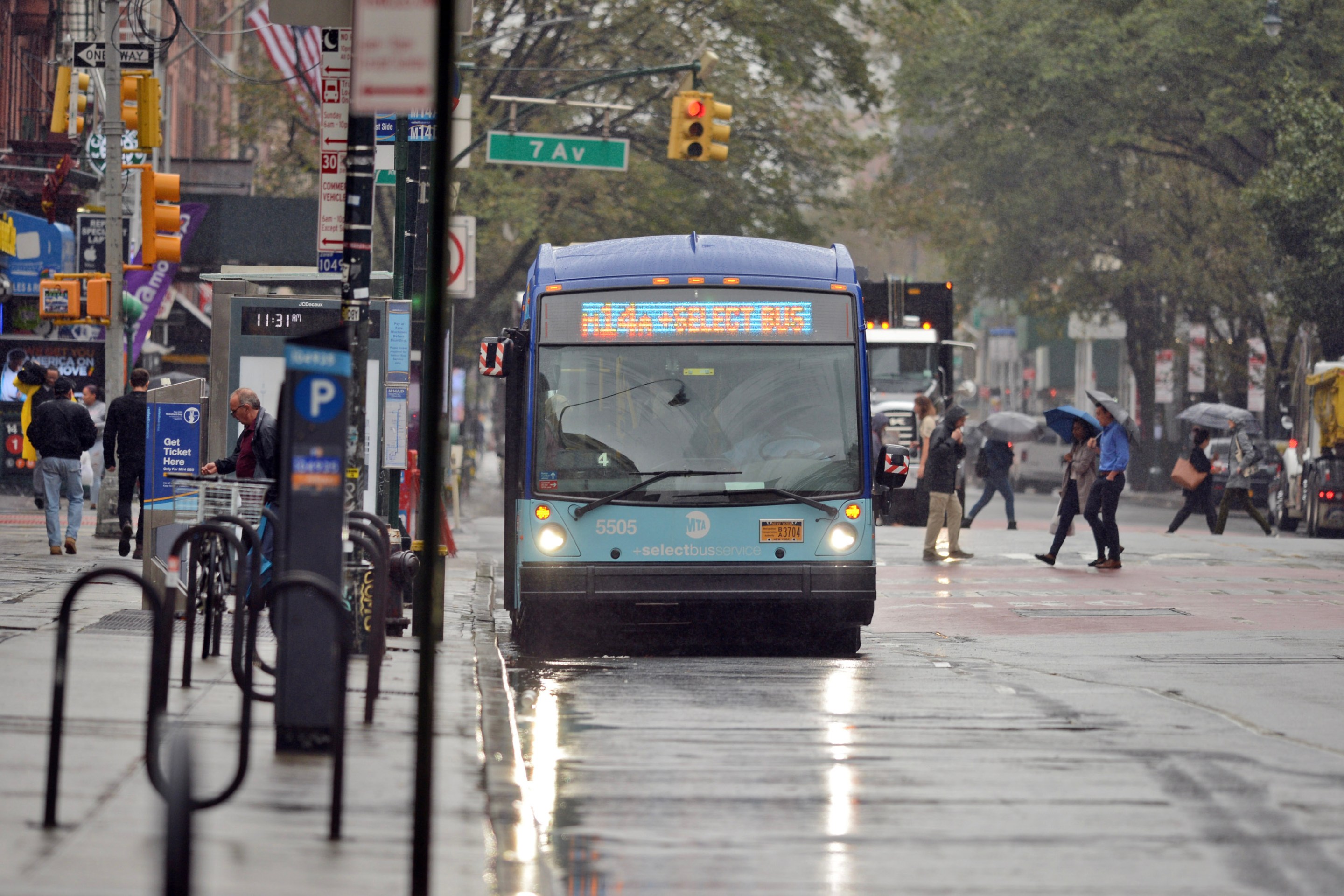This is the first article in a five-part series by Streetsblog publisher and LimeWire founder Mark Gorton:

Traffic
is a crushing problem that oppresses our city, yet many people who drive into
New York each day do not have a good alternative.
I'm an engineer by training and the traffic
flow problems facing large cities today have many similarities to the
engineering issues that I have encountered at LimeWire, the peer-to-peer
file-sharing service that I founded. LimeWire
involves many computers connected to each other passing messages around a
network. Early in the development of
LimeWire, the network was choking on its message traffic as each computer tried
to send more messages than the network could collectively handle. The solution to this problem involved having
each computer reduce its message traffic and organizing the network to take advantage
of efficiencies that could be gained by designing a new computer network architecture.
 From
From
a network management point of view, the road networks of New York and many
other large cities are horribly engineered. The traditional traffic engineering solution to congestion problems is
to try to increase capacity. However, similar
problems in computer engineering are solved by reducing the underlying need for
traffic. Biological systems, which are
the most sophisticated systems on the planet, are extremely judicious in how
they move things around.
Our
surface transportation system today is premised upon the primacy of the private
automobile, yet the private automobile is the single most inefficient means of
moving people in a city. By catering to
the private automobile, we have inadvertently made an engineering choice that
maximizes danger, noise, pollution, and congestion and creates a host of other
problems that suck the life out of our public spaces.
In
less than ten years, with minimal capital expenditures, we can create a new form
of mass transit that transforms the way we run our surface transportation
system and drastically reduces the need to have private cars in New
York City. I call this new form of mass
transit Smart Para-Transit. Smart
Para-Transit takes advantage of innovations in information and communication
technology to create breathtaking increases in efficiency of our road
network. My very rough initial estimate
is that widespread adoption of Smart Para-Transit would allow for an 80 percent
reduction in automobile traffic in New York City.
The
basket of ideas involved in Smart Para-Transit are too long for one blog
post. So I am serializing the explanation over the course of a week. For those of you who can’t wait, you can download and read
the full description.





